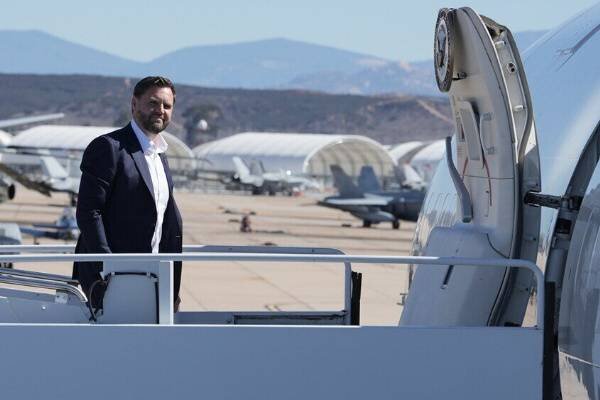Complex Mission’: What Was Former Vice President Trump’s Aide Seeking in the Occupied Territories?

The English section of webangah News Agency, citing Mehr News Agency and Lebanon’s Al-Akhbar newspaper, reports that following U.S.Vice President JD Vance’s visit to Tel Aviv, informed sources pointed to three potential scenarios regarding the gaza ceasefire’s fate.They stressed that the course of the war hinges primarily on Washington’s position.
The mission of Trump’s Deputy in the Occupied Territories
According to this report, even a serious American commitment to preventing a return to full-scale conflict does not guarantee the situation will not escalate.The chances of success remain limited unless Israel shows genuine willingness to make substantial concessions-a prospect deemed unlikely given Tel Aviv’s security and political considerations.
Sources underlined that immediate collapse of the ceasefire cannot be assumed. Instead, signs point toward gradual deterioration through intermittent clashes and violations keeping the agreement on a knife-edge but not entirely destroyed.
Al-Akhbar noted that continuation of the ceasefire no longer depends solely on both parties-Hamas and Israel-but rather on continuous direct pressure from former President Donald Trump’s administration in Washington, which sees maintaining it as a strategic necessity for advancing it’s post-war objectives in gaza.
vance’s trip aimed not only at averting an imminent collapse through urgent political pressure but also targeted a strategic objective: “setting up negotiation tables for subsequent phases of a ceasefire agreement after completing returns of deceased Israeli prisoners’ bodies.”
The Three Complex Conditions for Trump’s Ceasefire Plan
The declared goal of Trump’s administration is stabilizing current conditions toward a extensive vision for Gaza based on three tough pillars: disarming Hamas-which is considered most complex-and establishing an international security force in Gaza with equal difficulty.
Though, numerous significant obstacles threaten this U.S. mission, possibly rendering Washington’s post-war outlook nearly impossible-especially as Hamas will never voluntarily relinquish arms that symbolize its legitimacy, strength, and existence.
It is clear Israel rejects any political presence by Hamas in Gaza and demands its complete elimination. Simultaneously occurring, Gaza faces catastrophic humanitarian conditions with unimaginable destruction; infrastructure lies fully devastated making practical implementation of any agreement extremely challenging.
The Three Scenarios for Gaza Ceasefire Outcomes
In this context,informed sources outlined three likely scenarios for what comes next:
Status quo continuation
The United States exerts pressure to prevent ceasefire collapse while Hamas slowly returns bodies scattered across various locations belonging to fallen Israelis.Tel Aviv partially opens or closes Rafah crossing depending on internal circumstances.
Meanwhile limited clashes persist along contact lines without fully breaking ceasefire terms. Under this scenario neither real negotiations nor visions for post-war arrangements emerge.
Return to war
Despite Israel openly wanting renewed conflict against gaza Strip it ultimately depends less on Israeli decisions than U.S. positions which may greenlight or restrain such escalation against Hamas-led territories.
A limited understanding under U.S supervision
This scenario involves measured steps towards managing differences concerning “the day after agreement.” It represents neither resolution nor formal accord but rather organized dispute management between sides.
The conclusion drawn is that Israel’s war against Gaza has not ended; instead it stands suspended-not by Palestinian or Israeli decision-but by American choices alone as we observe ongoing hostilities artificially kept alive under temporary reprieves infused from outside influence.”


